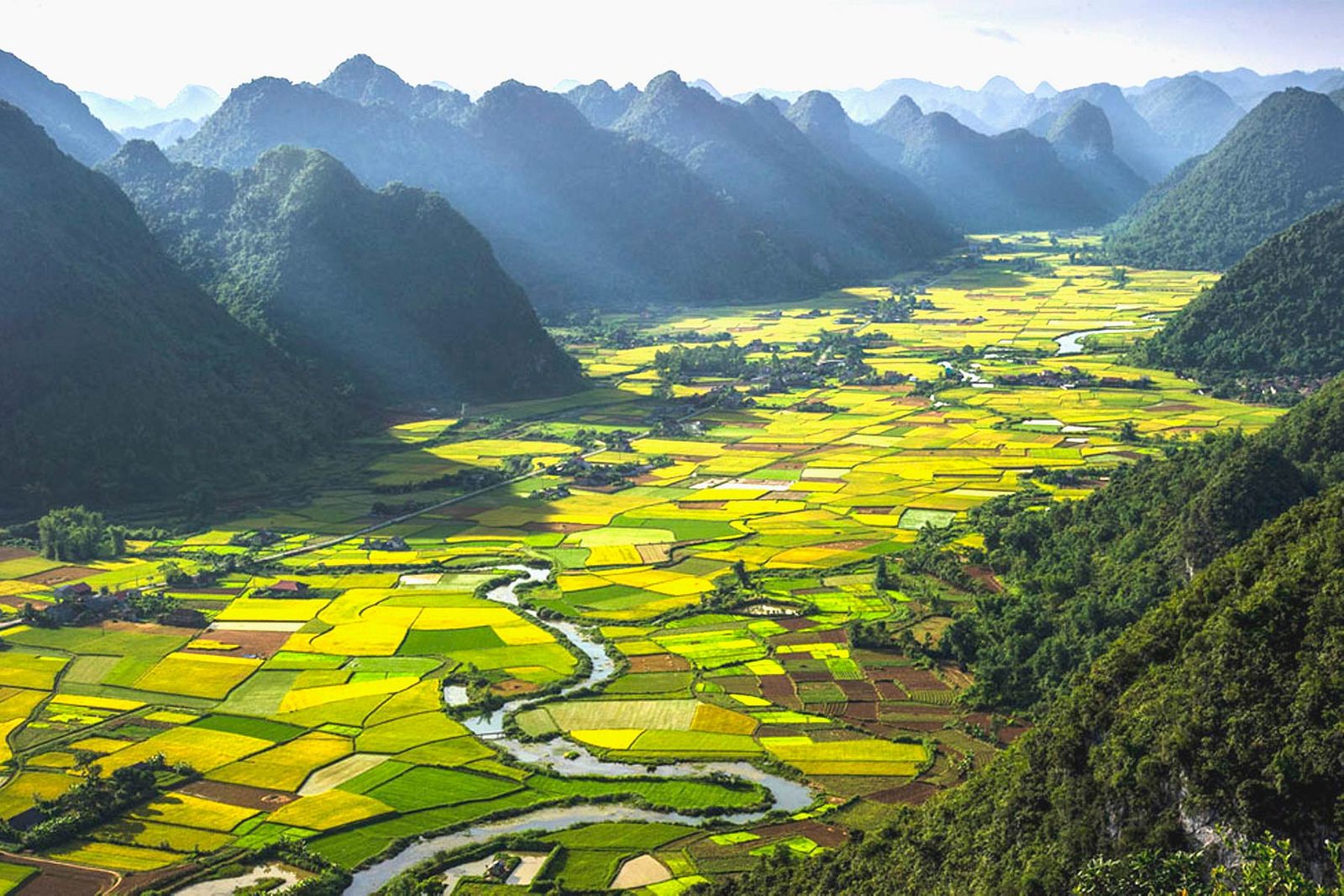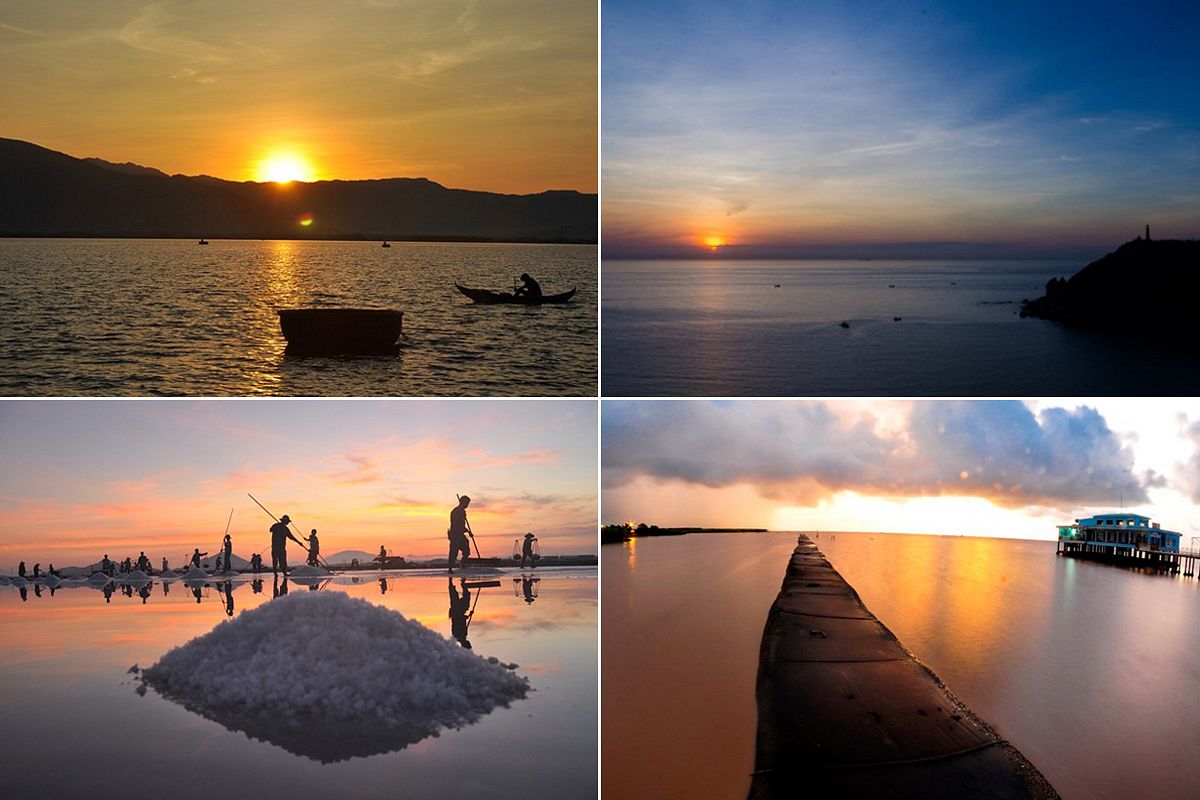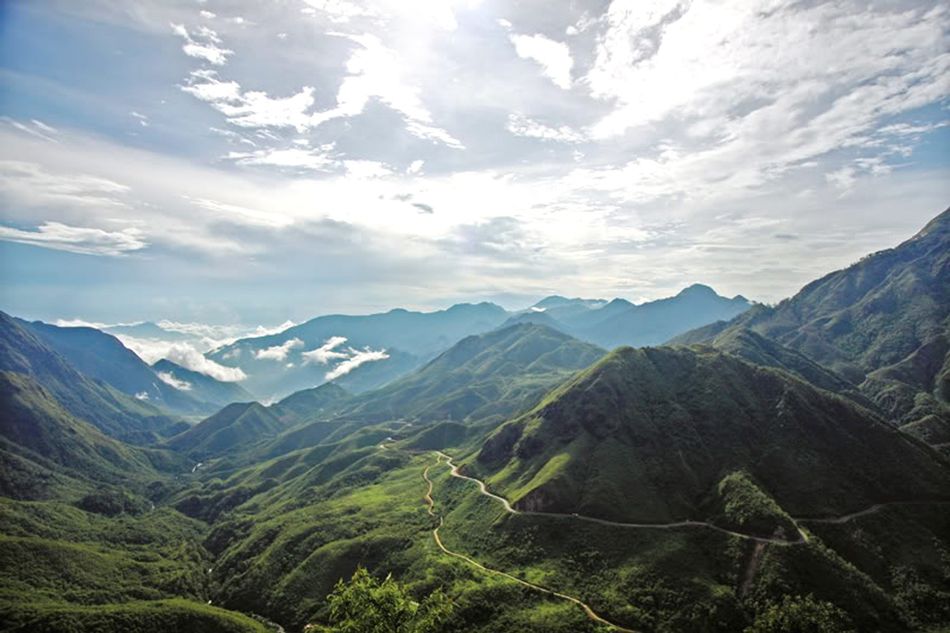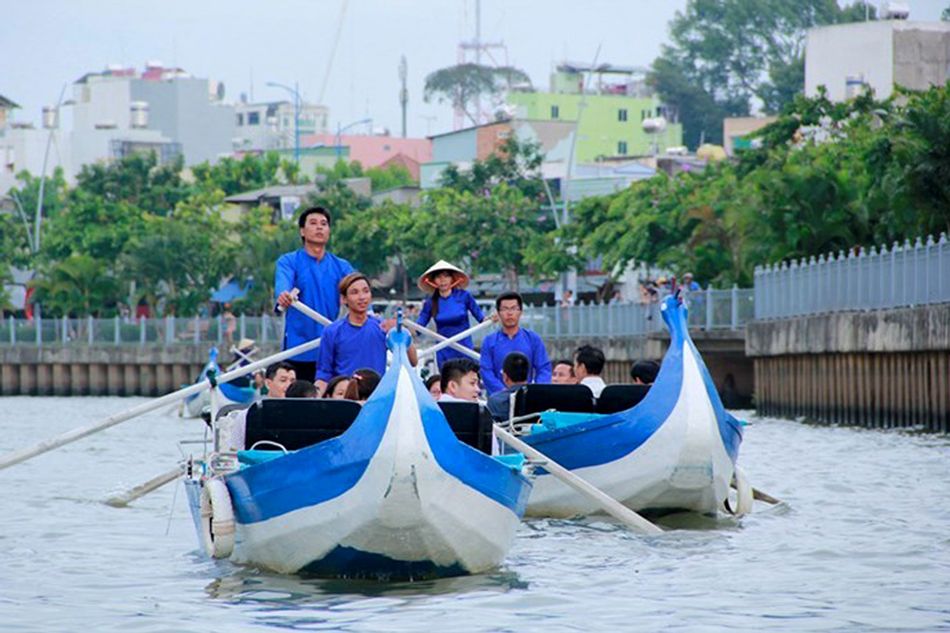With picture-perfect beaches, well-organized tourism activities and customer service a cut above its Southeast Asian neighbors, could the Philippines' Boracay be a glimpse into the future of Vietnam's beach destinations?
One of the greatest benefits of living in Saigon is its close proximity to a plethora of islands and beaches. In just a few hours, you can be on the shores of Nha Trang or Phu Quoc, Bali, Phuket or Koh Samui. However with so many escape routes, choosing the right seaside destination can become a near-academic undertaking of cross-referencing and comparing travel guides, online resources and word-of-mouth recommendations. There are, however, a few obvious choices, including the Philippine island of Boracay.

Last month, we spent four days on the island known for its white sand beaches, crystal-clear waters and well-developed tourism. While it may be a slight reach as a comparison, Boracay can be considered a more (or less, depending how you look at it) developed version of Vietnam's Phu Quoc or Thailand’s Krabi.
For visitors, the island's strength lies in its ability to develop tourism without sacrificing the surrounding environment. This balance, seemingly elusive for many parts of Vietnam and Thailand, is what makes Boracay a standout. Its beaches are pristine, public rubbish bins are widely available, and the lack of litter lends itself well to the island’s main drag, which is cobbled with white sand instead of concrete. You may even forget what trash looks like after a few days.

Beyond the shock value of garbage-less beaches, a well-cultivated tourist area and strict anti-smoking policies on the island’s beaches, Boracay offers a number of activities to keep travelers occupied, from ATV-riding to parasailing, banana boating, snorkeling and ziplining as well as a host of both local and international cuisine.
As is the case with tourism destinations the world over, you’ll run into your fair share of plastic smiles on Boracay, but the vast majority of people we interacted with were genuine and provided service at a clip well above what we’re accustomed to at other Southeast Asian beach destinations. While you could attribute this to the lack of a language barrier for English-speakers – this undoubtedly helps – there was also a refreshingly clear sense of urgency among those in the tourism industry.

It's a bit discouraging when you compare Boracay to Vietnam's domestic beach destinations – namely Phu Quoc – but it's also comforting to know that Boracay wasn’t always like this. As is currently the case on Vietnam's largest island, Boracay used to have major garbage problems. When tourism kicked off on the island in the 1980s, wrappers and plastic bottles were a common sight on its beaches. But after catching on to the notion that more pollution means less return visitors, the island built a large waste treatment facility, according to one official from the Philippine Department of Tourism (Phu Quoc finally seems to be addressing this problem, too).

With this in mind, a trip to Boracay also provides an optimistic glimpse into the future of Vietnam's own seaside destinations. The Philippine island has come a long way from its early tourism days, but if the efforts of Boracay's tourism industry are any indication, then Phu Quoc could also be on track to become a stunning and worthwhile destination in its own right. Perhaps by scaling back some of its overdone development (the giant safari comes to mind), investing in proper infrastructure for the island, encouraging environmental protection both on and around the island and working to develop a more foreign-friendly tourism industry, the Vietnamese island could one day boast the same squeaky-clean reputation as Boracay.

Of course, one island is a pretty small sample size for a country as sprawling as the Philippines, but our experience in Boracay also confirms what we've seen on previous trips to Palawan: the Philippines seems to ‘get’ tourism and is leaps and bounds ahead of many of its neighbors who are endowed with a similar level of natural beauty.







Many thanks to EXO Travel, Cebu Pacific and the Philippine Department of Tourism for making this trip possible.














